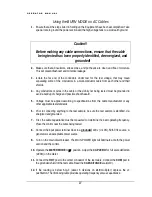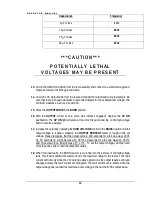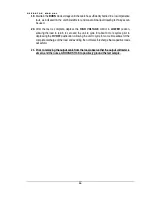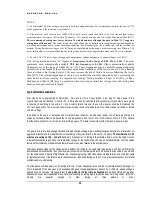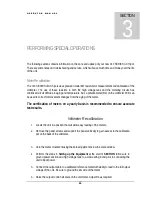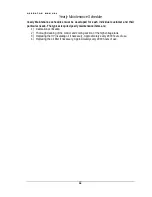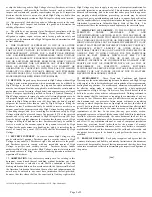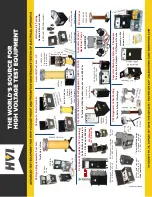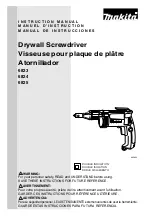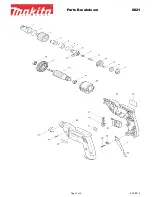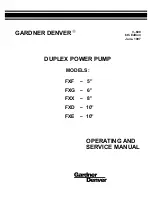
O P E R A T O R M A N U A L
14
Operating the Equipment
This section provides step-by-step instruction on various test methods. Many facilities have their
own in-house test procedures, and this manual is not to supercede these. The purpose of this
section is to explain the capabilities of this test set in real-world applications.
When testing cables, either single or three phase, there are certain extra steps that must be observed to
ensure safe operation.
It should be noted that the VLF series test sets are not intended to be used
on vacuum bottles or switchgear without cables connected. The VLF
requires a minimum of .01uF load capacitance to achieve full output. If the
capacitance of the load is too low, the kilovolt meter will not read the actual
peak output and damage to the unit (and/or load) may result.
AC Cable Insulation Testing
1.
Ensure that all the steps listed in Setting up the Equipment have been accomplished. Take
special note to ground the power section and the high voltage tank to a solid earth ground.
Caution!!
Before making any cable connections, ensure that the cable
being tested has been properly identified, de-energized, and
grounded!
2.
Make sure that all insulators, stress cones, and pot heads are clean and free of moisture.
This will prevent flashover and minimize leakage.
3.
Isolate the far end of the conductors under test for the test voltage; that may mean
separating some of the conductors in a multi-conductor cable from each other and their
shields.
4.
Any conductors or wires in the cable or the vicinity not being tested must be grounded to
avoid a buildup of charge and possible shock hazard.
5.
Voltage must be applied according to specifications from the cable manufacturer or any
other applicable test standards
6.
Prior to connecting anything to the test sample, be sure the test sample is identified, de-
energized and grounded.


















